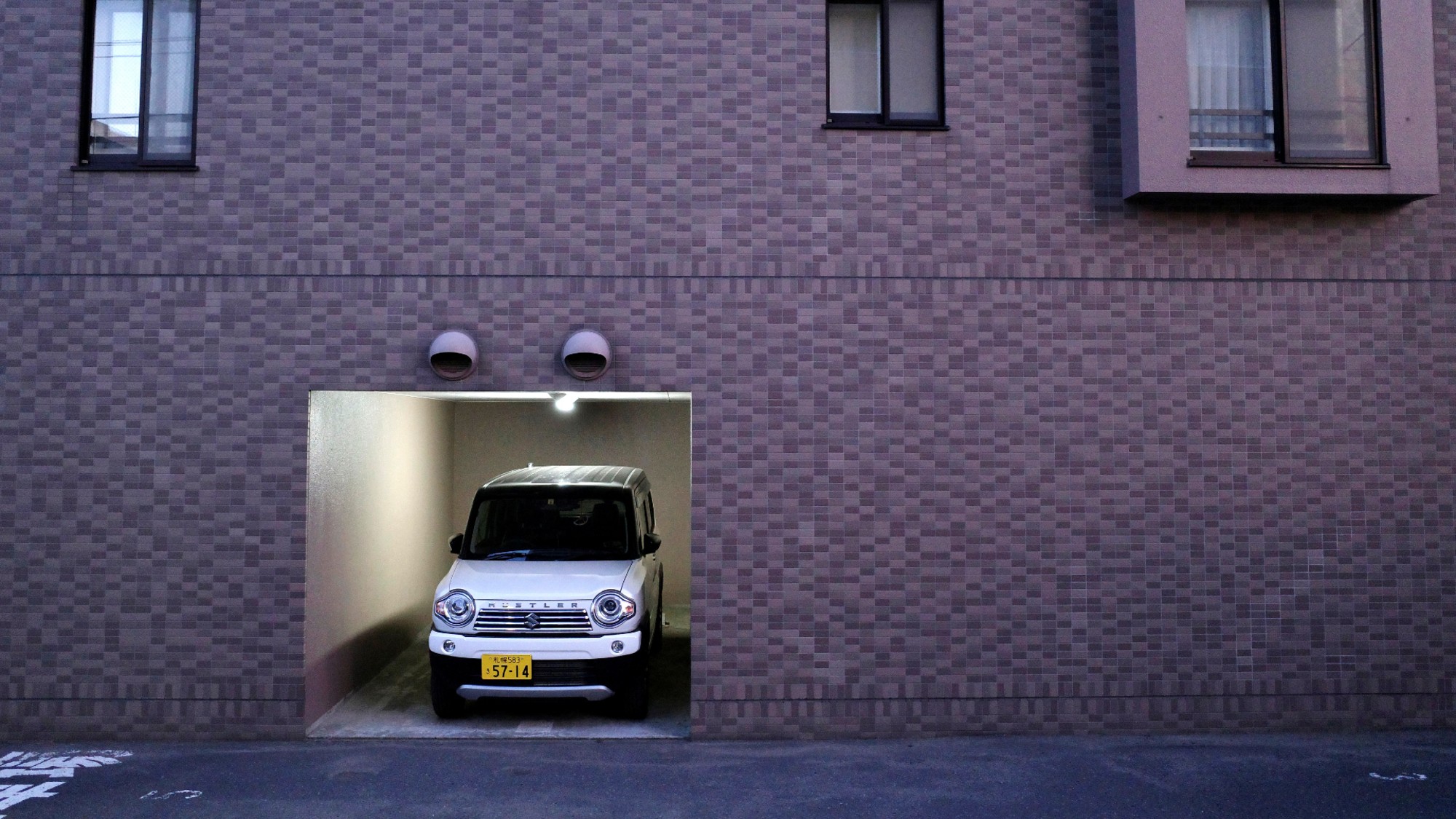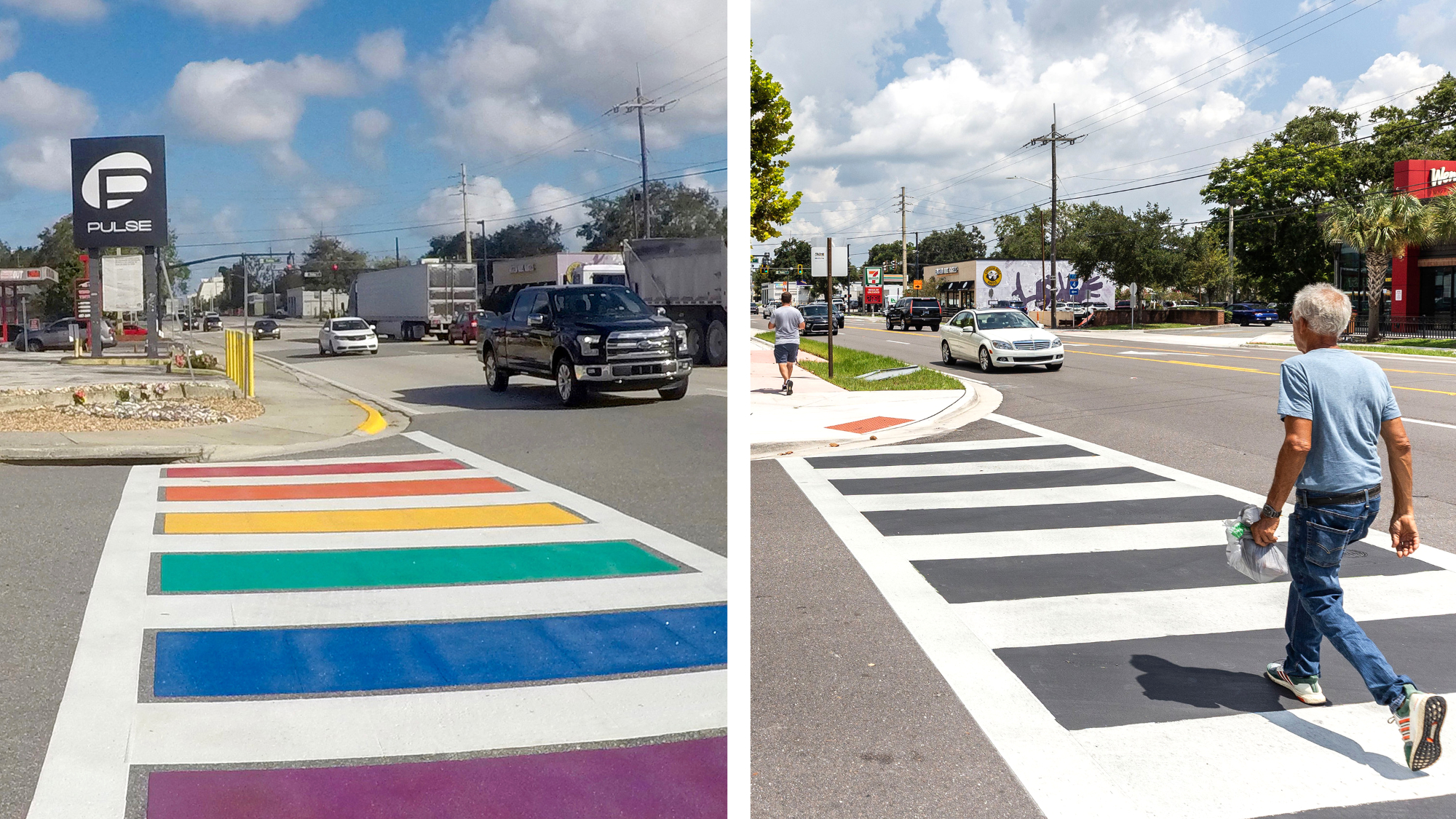Take a once-in-a-lifetime look inside the tomb where Jesus was buried


Jesus, in the Christian tradition, does not have a burial place because he rose up to Heaven, but for three days he lay in a tomb outside Jerusalem. Recently, some 50 scientists, workers, priests, monks, and a camera crew from National Geographic became the first people in centuries to look inside what's believed to be that tomb, during restoration of the marble shrine around it — the Aedicule — in the middle of the Church of the Holy Sepulcher, one of Christianity's holiest sites. By the time Peter Baker of The New York Times arrived, the tomb had been resealed, he wrote in Thursday's Times, and nobody else is expected to peer inside in any of our lifetimes.
Three denominations sometimes uneasily share control of the church: Greek Orthodox, Roman Catholic, and Armenian Orthodox. The restoration team had no plans to open the tomb originally, but decided they had to — very gently, for the first time since the 1500s — to make sure it remained dry and sealed. "We saw where Jesus Christ was laid down," Fr. Isidoros Fakitsas, the superior of the Greek Orthodox Patriarchate, told Baker. "Before, nobody has.... Now we saw with our own eyes the actual burial place of Jesus Christ."
The tomb has a long history, Baker explains:
The Week
Escape your echo chamber. Get the facts behind the news, plus analysis from multiple perspectives.

Sign up for The Week's Free Newsletters
From our morning news briefing to a weekly Good News Newsletter, get the best of The Week delivered directly to your inbox.
From our morning news briefing to a weekly Good News Newsletter, get the best of The Week delivered directly to your inbox.
The church was first built where the tomb was discovered in the fourth century during the reign of Constantine, the first Roman emperor to officially convert to Christianity. It was sacked after Jerusalem fell to the Persians in the seventh century, then rebuilt and later destroyed by Muslim caliphs in the 11th century. After the Crusaders captured Jerusalem, the church was restored in the 12th century but burned to the ground in the 19th century and then rebuilt yet again. The marble shrine, known as the Aedicule, was built in its existing form in 1810 during the Ottoman era. [The New York Times]
The researchers collected samples they hope will teach them more about Christianity and its origins. And although you will never be able to see inside the tomb in person, National Geographic has released a longer teaser of the special they will air later in November. You can get a taste below. Peter Weber

A free daily email with the biggest news stories of the day – and the best features from TheWeek.com
Peter has worked as a news and culture writer and editor at The Week since the site's launch in 2008. He covers politics, world affairs, religion and cultural currents. His journalism career began as a copy editor at a financial newswire and has included editorial positions at The New York Times Magazine, Facts on File, and Oregon State University.
-
 Could smaller cars bring down vehicle prices?
Could smaller cars bring down vehicle prices?Today’s Big Question Trump seems to think so, but experts aren’t so sure
-
 2025’s most notable new albums
2025’s most notable new albumsThe Week Recommends These were some of the finest releases of the past year
-
 Trump aims to take down ‘global mothership’ of climate science
Trump aims to take down ‘global mothership’ of climate scienceIN THE SPOTLIGHT By moving to dismantle Colorado’s National Center for Atmospheric Research, the White House says it is targeting ‘climate alarmism’
-
 Son arrested over killing of Rob and Michele Reiner
Son arrested over killing of Rob and Michele ReinerSpeed Read Nick, the 32-year-old son of Hollywood director Rob Reiner, has been booked for the murder of his parents
-
 Rob Reiner, wife dead in ‘apparent homicide’
Rob Reiner, wife dead in ‘apparent homicide’speed read The Reiners, found in their Los Angeles home, ‘had injuries consistent with being stabbed’
-
 Hungary’s Krasznahorkai wins Nobel for literature
Hungary’s Krasznahorkai wins Nobel for literatureSpeed Read László Krasznahorkai is the author of acclaimed novels like ‘The Melancholy of Resistance’ and ‘Satantango’
-
 Primatologist Jane Goodall dies at 91
Primatologist Jane Goodall dies at 91Speed Read She rose to fame following her groundbreaking field research with chimpanzees
-
 Florida erases rainbow crosswalk at Pulse nightclub
Florida erases rainbow crosswalk at Pulse nightclubSpeed Read The colorful crosswalk was outside the former LGBTQ nightclub where 49 people were killed in a 2016 shooting
-
 Trump says Smithsonian too focused on slavery's ills
Trump says Smithsonian too focused on slavery's illsSpeed Read The president would prefer the museum to highlight 'success,' 'brightness' and 'the future'
-
 Trump to host Kennedy Honors for Kiss, Stallone
Trump to host Kennedy Honors for Kiss, StalloneSpeed Read Actor Sylvester Stallone and the glam-rock band Kiss were among those named as this year's inductees
-
 White House seeks to bend Smithsonian to Trump's view
White House seeks to bend Smithsonian to Trump's viewSpeed Read The Smithsonian Institution's 21 museums are under review to ensure their content aligns with the president's interpretation of American history
